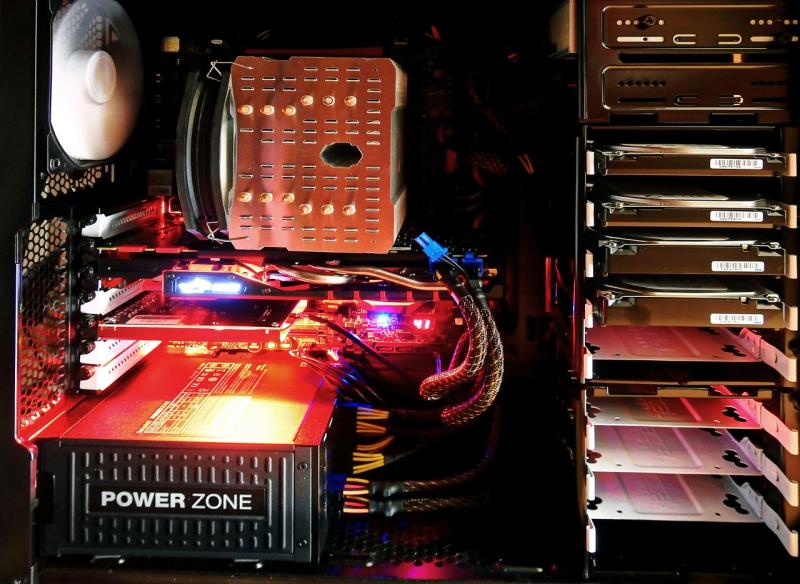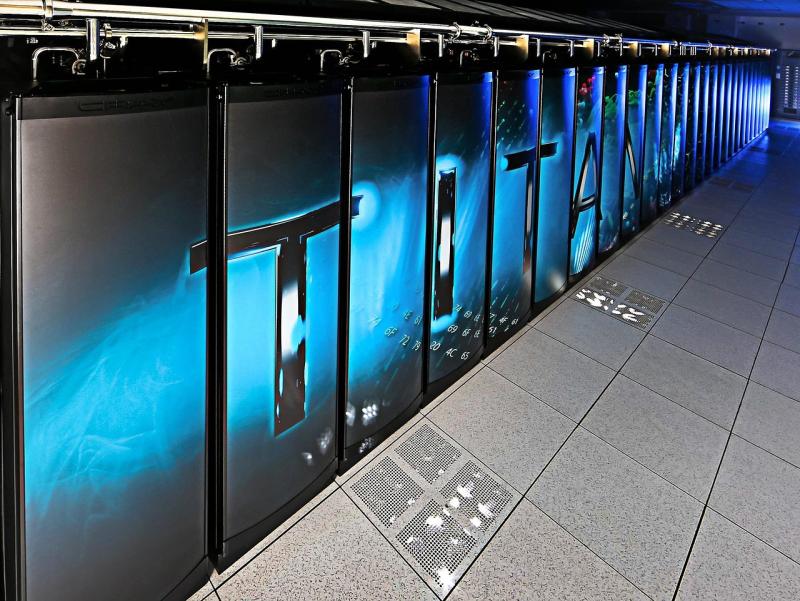Marine research and oceanography unlock the secrets of Earth's oceans, from biodiversity studies to climate impact assessments. Workstations optimized for these fields deliver the computational power, data analysis tools, and visualization capabilities needed to explore underwater ecosystems and marine dynamics. These systems empower researchers to advance understanding and conservation efforts for the world's oceans.
---
### **Exploring Oceanic Complexity**
Marine research involves tasks such as mapping seafloors, simulating ocean currents, and analyzing ecological data. Multi-core processors in these workstations handle intensive computations, supporting workflows like geospatial modeling, hydrodynamic simulations, and biodiversity assessments with precision.
---
### **Visualizing Marine Environments**
High-performance GPUs enable detailed visualization of underwater landscapes, species populations, and dynamic ocean systems. These workstations enhance data interpretation, producing clear and interactive visuals that aid scientific exploration and public outreach.
---
### **Memory for Multidimensional Analysis**
Oceanography integrates diverse data sources, from remote sensing to in-situ measurements. With RAM configurations up to 1TB, these workstations support seamless multitasking across marine modeling, data processing, and collaborative research.
---
### **Data Management for Critical Insights**
Marine research generates extensive datasets, including satellite images, sensor readings, and simulation results. These workstations combine ultra-fast NVMe SSDs for active workflows with high-capacity storage solutions for secure archiving and long-term data preservation.
---
### **Optimized for Marine Research Tools**
Compatible with specialized software like ArcGIS, Delft3D, and MATLAB, these workstations streamline workflows for spatial analysis, hydrodynamic modeling, and ecological simulations. GPU acceleration ensures faster data processing and visualization.
---
### **Applications Across Marine Science**
- **Ocean Mapping:** Create detailed maps of seabeds and underwater landscapes.
- **Marine Ecosystem Analysis:** Study species distribution, habitats, and ecological interactions.
- **Climate Impact Research:** Model ocean currents, temperature changes, and sea-level rise.
- **Fisheries Management:** Analyze stocks, habitats, and population dynamics for sustainable practices.
- **Conservation Efforts:** Monitor protected areas and design strategies to preserve marine biodiversity.
---
### **Built for Extended Field and Lab Work**
Marine research requires prolonged monitoring, data collection, and analysis. These workstations are constructed with industrial-grade reliability to ensure consistent performance throughout long-term and resource-intensive projects.
---
### **Future-Ready for Ocean Discoveries**
As oceanography integrates emerging technologies like AI-powered species identification, autonomous underwater vehicles (AUVs), and global sensor networks, these workstations are designed for scalability. Modular architecture enables upgrades to GPUs, processors, and memory, supporting future advancements.
---
**Exploring Earth's Final Frontier**
Workstations for marine research and oceanography empower scientists to dive deeper into understanding and protecting Earth's oceans. By combining exceptional computing power, advanced visualization tools, and reliable data management, these systems enable breakthroughs in marine science and conservation. From mapping seafloors to saving ecosystems, these workstations are essential for uncovering the wonders of the underwater world.
View our related products
See more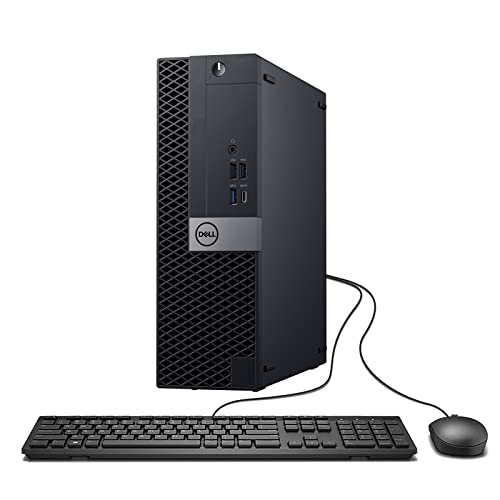
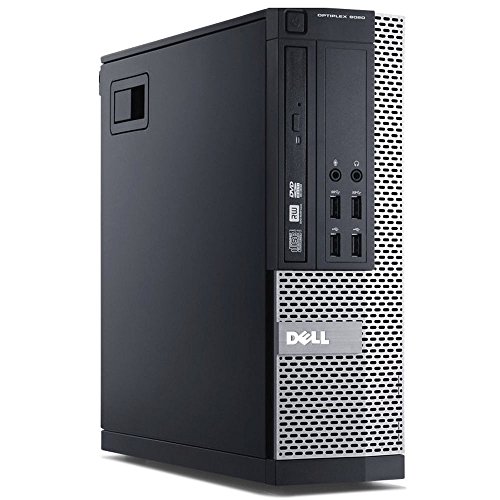
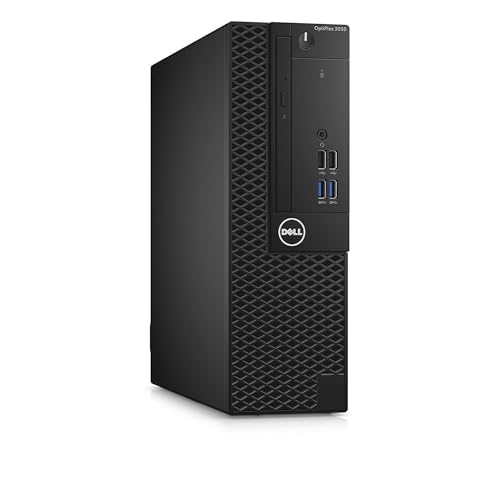
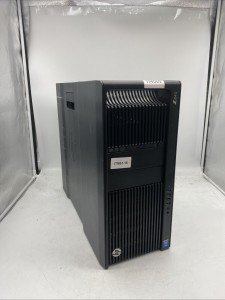
Innovating the Seas: Workstations for Marine Research and Oceanography
Exploring the Future of Marine Science with Advanced Workstations
Related Articles
Essential High-Performance PC Components You Need Now
Upgrade your setup with the must-have parts for unbeatable gaming and productivity
Top Picks for Best High-Performance PCs
Find the perfect power machine for gaming, work, or creative projects
Your Guide to the Best High-Performance PCs
Find the Right PC for Your Gaming and Creative Needs
View our related products
See more



